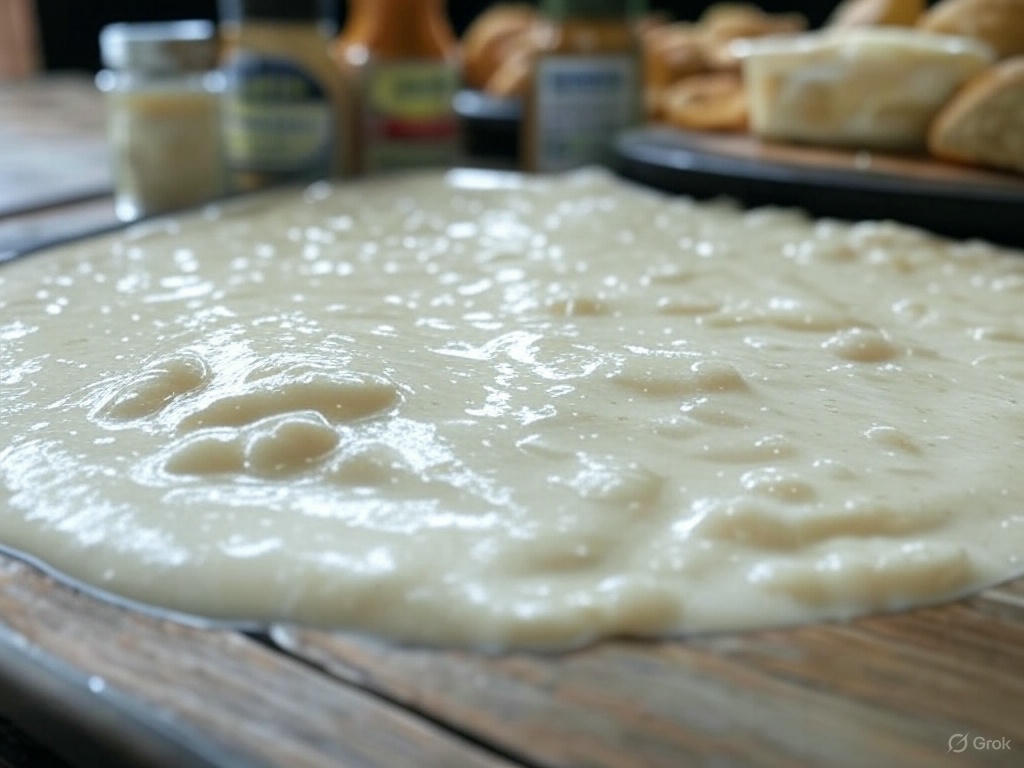1. Hydroxyethyl cellulose is a natural polymer, each fibrous ring ring contains three hydroxyl groups, the most active hydroxyl reaction, the formation of hydroxyethyl cellulose. The raw cotton linter or refined pulp is soaked in 30% of the liquid base and the press is removed after half an hour. Crushed to alkali water containing 1: 2.8, crushed. Crushed alkali cellulose into the reactor, sealed, vacuum, nitrogen, repeated vacuum nitrogen filling the kettle air replacement. Pressed into the pre-cooling of the ethylene oxide liquid, the reactor jacket into the cooling water, control 25 ℃ reaction 2h, the crude hydroxyethyl cellulose. Crude alcohol with alcohol, listen to polyester, add acetic acid and to pH4-6, plus glyoxal cross-linked aging. Then washed with water, centrifuged dehydrated, dried and ground to obtain hydroxyethylcellulose. Raw material consumption (kg / t) Cotton linter or low pulp 730-780 Liquid base (30%) 2400 Ethylene oxide 900 Alcohol (95%) 4500 Acetic acid 240 Glyoxal (40%) 100-300
2. Immerse the cotton linter or refined cotton pulp in 30% lye. Remove after pressing. Followed by pulverization, followed by reaction with pre-cooled ethylene oxide to produce crude hydroxyethylcellulose. Then washed with alcohol, and acetic acid washed and neutralized. Then add glyoxal cross-linked aging, fast washing with water. Finally by centrifugal dehydration, drying, milling, that was finished.
3. The raw cotton linter soaked in 30% lye, 0.5h after the removal of the press, squeeze to the proportion of alkali water up to 1: 2.8, to crush. Crushed alkali cellulose into the reactor, vacuum, nitrogen replacement kettle air, into the pre-cooling of the ethylene oxide gas, the reactor jacket into the cooling water, control 25 ℃ reaction 2h, was hydroxy Base cellulose crude. Crude alcohol washed, add acetic acid and pH to 4 ~ 6, plus glyoxal cross-linked aging. Then washed with water, centrifuged dehydrated, dried and ground to obtain hydroxyethylcellulose. Per ton of product consumption of cotton pulp 750kg, ethylene oxide 900kg, acetic acid 250kg, ethanol 2600kg, solid base 400kg.
4. Gas phase gas phase method is added during the reaction of additives or thinner, alkali fiber and EO in the gas phase reaction. The process is as follows:
The cotton fiber was immersed in 18.5% NaOH solution, activated, then pressed, crushed and placed in a reactor. The reactor was evacuated by vacuum, nitrogen was added twice, EO was added and reacted at a vacuum degree of 90.64 kPa and 27-32 ° C for 3 to 3.5 hours to obtain product HEC.
5. Liquid phase liquid method is in the presence of diluent etherification reaction. The process is as follows:
The cotton linter is alkalized and pressed, and in the presence of diluent, reacted with EO at 20 ~ 60 ℃ for 1 ~ 3h to obtain crude product HEC. Commonly used diluents are acetone, isopropanol, t-butanol or mixtures thereof. The product remains insoluble in the diluent. Gas phase and liquid phase of the two production processes need to be prepared in advance alkali cellulose, that is, cellulose at about 20 ℃ immersed in 18% NaOH solution for degreasing, etherification reaction, after neutralization, washing, drying, crushing, obtained Final product.




